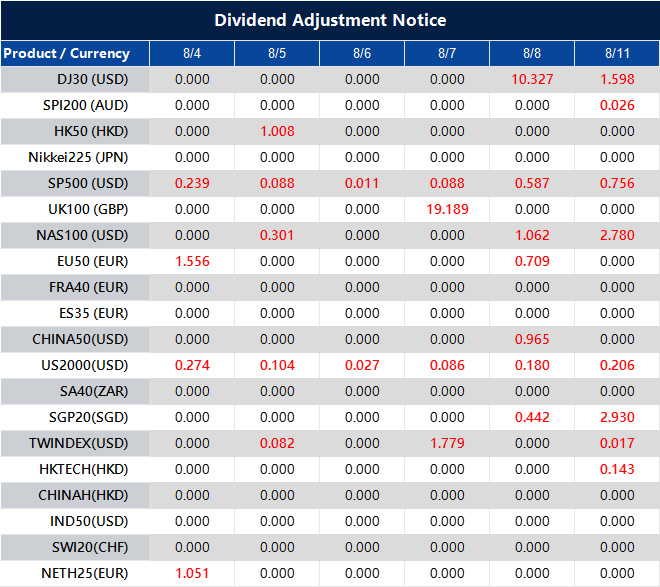The US dollar’s strength weakened after a surprise drop in US jobs data last Friday. Previously strong, the dollar faced challenges. The EUR/USD pair increased from eight-week lows around 1.1400 to almost 1.1600, testing important technical levels. Both sellers and buyers hold a neutral short-term bias, with no major shift toward selling the dollar yet.
The USD/JPY pair fell from above 150.00 to about 147.00, crossing critical moving averages, which indicates a bearish short-term outlook. This change is driven by fluctuating bond yields and uncertainties in US-Japan trade relations. The GBP/USD pair broke a six-day losing streak, but the recovery was limited, failing to surpass key technical levels. It maintains a bearish to neutral bias depending on price movement around these levels.
USD/CAD Patterns
The USD/CAD pair shows similar patterns, trading between key hourly moving averages without strong negative momentum. The AUD/USD pair rose above its 100-hour moving average after the weak jobs data impacted the dollar. However, it remains neutral and needs more upward movement to favor buyers decisively.
Overall, the charts indicate weaker dollar momentum with a neutral bias, but not a clear downturn. Ongoing weak labor data might push the Fed toward rate cuts, capping the dollar’s potential upside. Inflation worries from tariffs and data politicization could lower confidence in US economic data, complicating the dollar’s outlook.
The weak US jobs report from Friday, August 1st, has shifted the dollar’s situation. The economy added only 95,000 jobs instead of the expected 180,000, and the unemployment rate rose to 4.1%. This surprised many and capped the dollar’s strength.
This sudden weakness has led markets to reconsider the Federal Reserve’s next steps. Futures for fed funds show rate cut expectations for September jumped from about 30% last week to over 70% this morning. This rapid change in interest rate expectations is the key reason for the dollar’s drop, especially against the yen.
Derivative Traders and Volatility
For derivative traders, volatility is back. The VIX, a measure of expected market swings, rose to 18 following the jobs data, marking its highest level in three months. This suggests we should brace for larger price movements in the coming weeks, making options strategies more appealing but also pricier.
The technical outlook is currently mostly neutral, meaning the dollar isn’t crashing, but its upward trajectory is blocked. A smart response would be to hedge long dollar positions with puts or consider selling call options on pairs like USD/CAD, which is still above key support. We aren’t yet in a strong downtrend, so aggressive bearish bets are premature.
The most notable weakness is in USD/JPY, which dropped through key support levels to nearly 147.00 as US bond yields fell. The diminishing interest rate gap between the US and Japan makes holding dollars less attractive than yen. Buying puts on USD/JPY provides a direct way to capitalize on this weakness.
Conversely, pairs like EUR/USD and AUD/USD have shifted to a neutral bias, stuck between technical levels. This price action could create an opportunity to sell options strangles, gathering premium while the market decides on its next move. However, a significant break in either direction could risk this strategy.
Fundamentally, the situation is complicated by persistent inflation, influenced by tariffs. The last CPI reading in July 2025 showed 3.4%, putting the Fed in a tough position, similar to the policy challenges faced in 2022 and 2023. The conflict between slowing growth and ongoing inflation creates substantial uncertainty for the dollar’s future.
Create your live VT Markets account and start trading now.
here to set up a live account on VT Markets now





